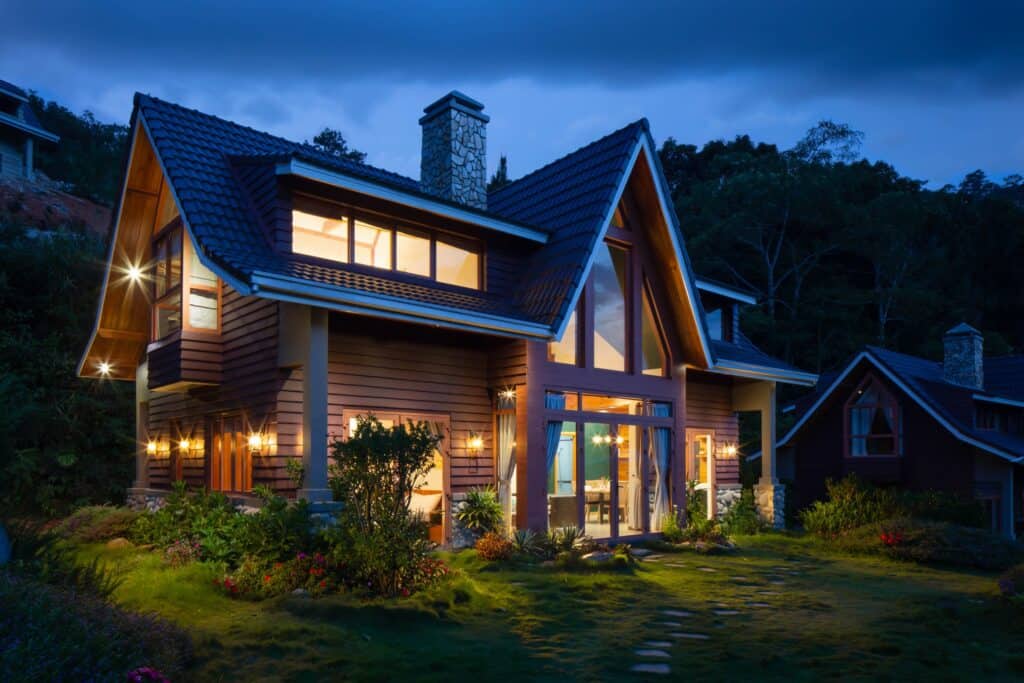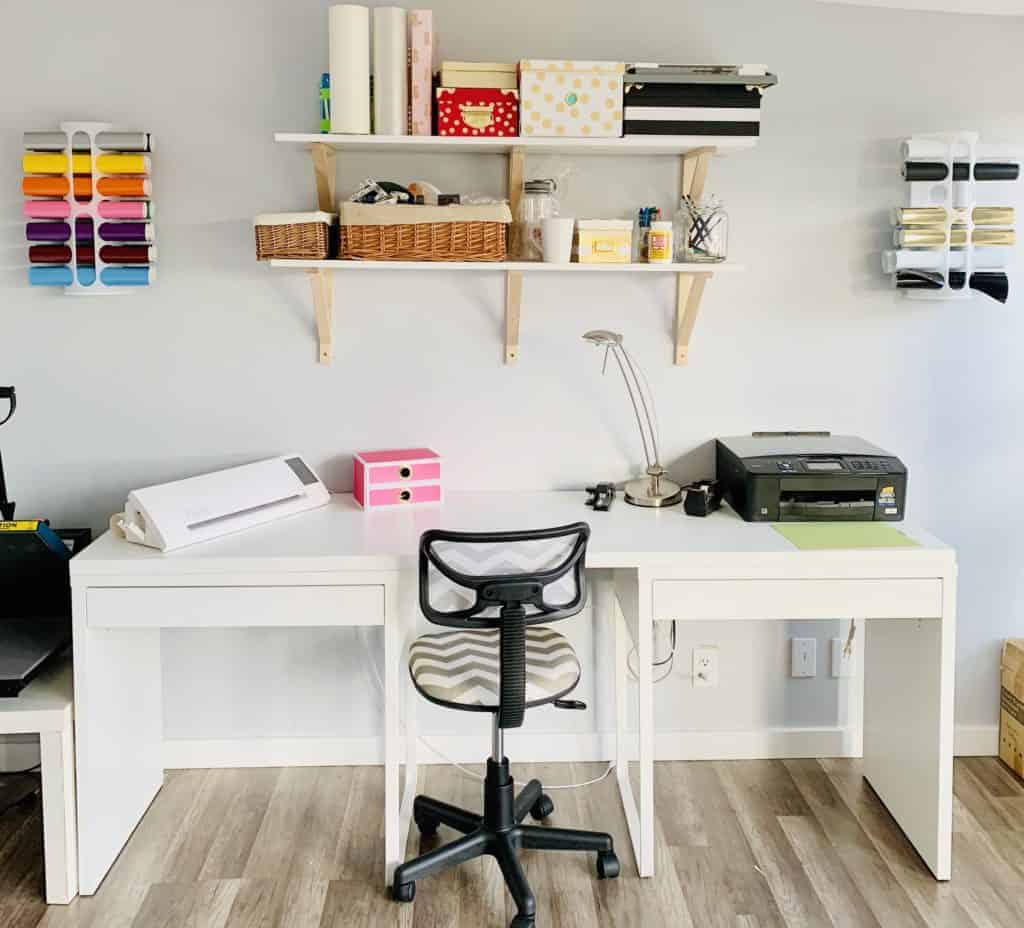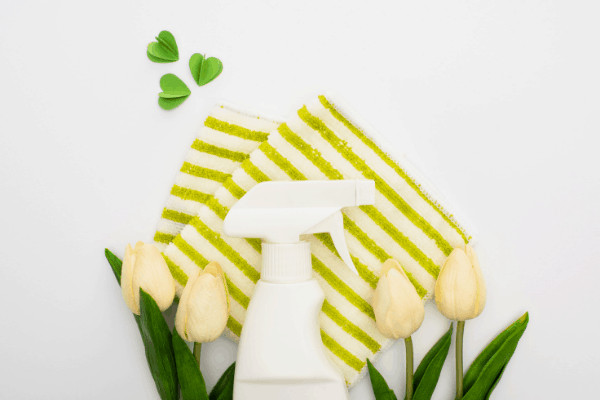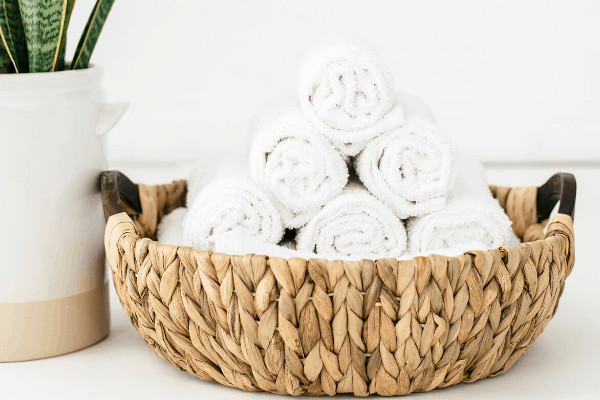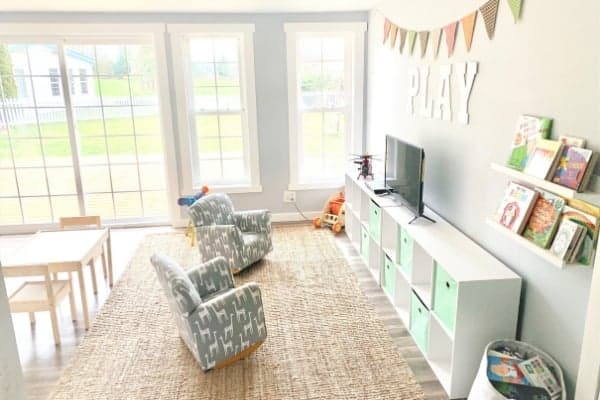Log homes combine rustic elegance with modern comfort, offering a tactile connection to history and nature. They are not just structures but artworks evoked by their roots in tradition. They combine the charm of simpler times with contemporary conveniences, making them a favorite among homeowners who value charm and functionality.
The increasing popularity of log homes has also highlighted the importance of maintaining a log cabin. Properly maintained log homes enhance their visual appeal and guarantee their lifespan and durability, enabling homeowners to enjoy their warmth and tranquility for many generations.
The Aesthetic and Environmental Benefits of Log Homes
Log homes are unique, visually appealing, eco-friendly, and blend traditional craftsmanship with natural beauty. They provide a peaceful living experience and contribute to environmental sustainability by requiring less energy for heating and cooling. Log homes also use renewable wood, making them cost-effective and environmentally friendly. By incorporating these features, homeowners can enjoy luxurious living while minimizing their environmental footprint, making log homes a valuable addition to any home’s design.
Essential Maintenance Tips for Log Home Owners
Preserving the integrity and allure of a log home necessitates regular upkeep. Here are some foundational maintenance practices that every log homeowner should consider:
Regular Cleaning
Keeping the exterior of a log home clean is the first step in maintaining its beauty and functionality. Over time, moisture, dust, and filth can build up and cause damage. Homeowners should employ mild cleaners and gentle brushes to effectively clean the logs, ensuring that harmful particulates are removed without damaging the wood. Rinsing with water is essential to eliminate detergent residues that could otherwise lead to discoloration or degradative chemical reactions with the timber.
Staining and Sealing
Staining and sealing are vital processes that protect log homes from the ravages of weather and time. Quality stains do more than color the wood; they block harmful UV rays and repel moisture, which helps prevent rot and insect infestation. By forming a protective layer, sealing the logs preserves the wood’s inherent color and texture while retaining the structural integrity of the wet wood. Depending on climate conditions and product recommendations, it takes three to seven years.
Inspecting and Repairing Damage
Regular inspections can prevent minor issues, such as cracks or pest infiltration, from aggravating. By assessing the structure annually, homeowners can identify and address potential problems, such as wood rot or insect damage, before they escalate. Prompt repairs preserve the home’s structural integrity and save money in the long term by preventing extensive damage.
Understanding the Common Challenges
Owning a log home brings unique challenges, including managing moisture levels to avoid rot and protecting against pest infestations. Moisture control is crucial, as excess humidity can lead to fungi growth and wood decay. Pest control, particularly against beetles and termites, requires a proactive approach using protective treatments and regular inspections.
Sustainability and Eco-Friendliness
Log homes fulfill aesthetic and comfort needs and align with sustainable living principles. Using responsibly sourced wood and eco-friendly treatments underlines a commitment to environmental stewardship. Log structures inherently reduce reliance on synthetic materials and benefit from wood’s natural resilience and warmth. By adopting these habits, homeowners may lessen their carbon footprint and set the stage for future generations to live sustainably and in balance with the environment.

